CASE STUDY 03
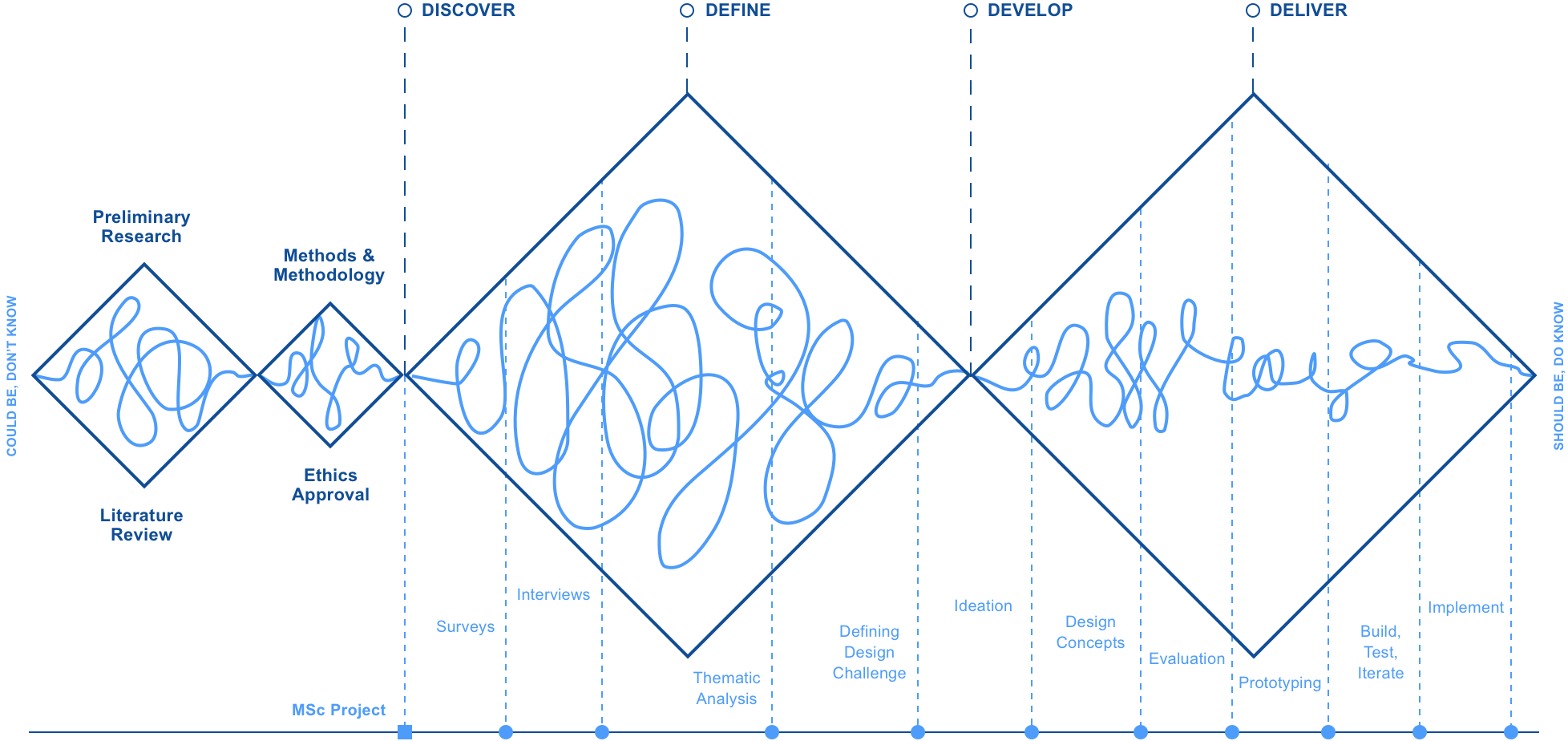
Project Overview
Timeline
Q4 2019 - Q3 2021
Role
Product Design Lead
Overview
This research was completed as part of a 2-year MSc in Healthcare & Design at Imperial College London and the Royal College of Art.
This project encompassed the full design process — user research, prototyping, and testing — culminating in an award-winning dissertation.
The Challenge
Medication adherence is essential for managing chronic conditions and improving health outcomes. However, non-compliance leads to increased hospitalisations and healthcare costs. This project aimed to design a solution to improve medication compliance in the community.

Research & Discovery
Using a design thinking approach and an adapted Double Diamond framework, the project combined literature reviews, stakeholder interviews, and user surveys to uncover key barriers to adherence. Insights were categorised using thematic analysis, patient personas, and behavioural models like COM-B and AACTT to define user needs.
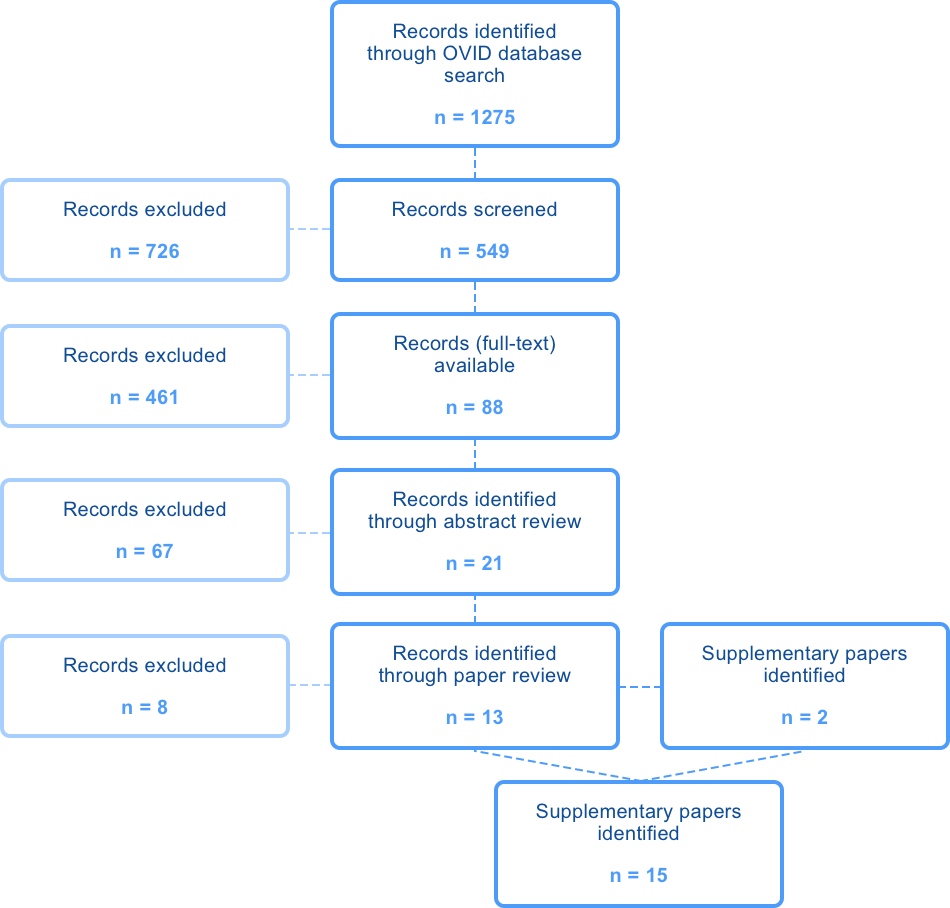
Development & Prototyping
An ideation phase generated over 30 potential solutions, refined through co-design workshops. A digital pillbox concept emerged as the most viable, leading to rapid prototyping with Arduino technology and high-fidelity digital wireframes in InVision.
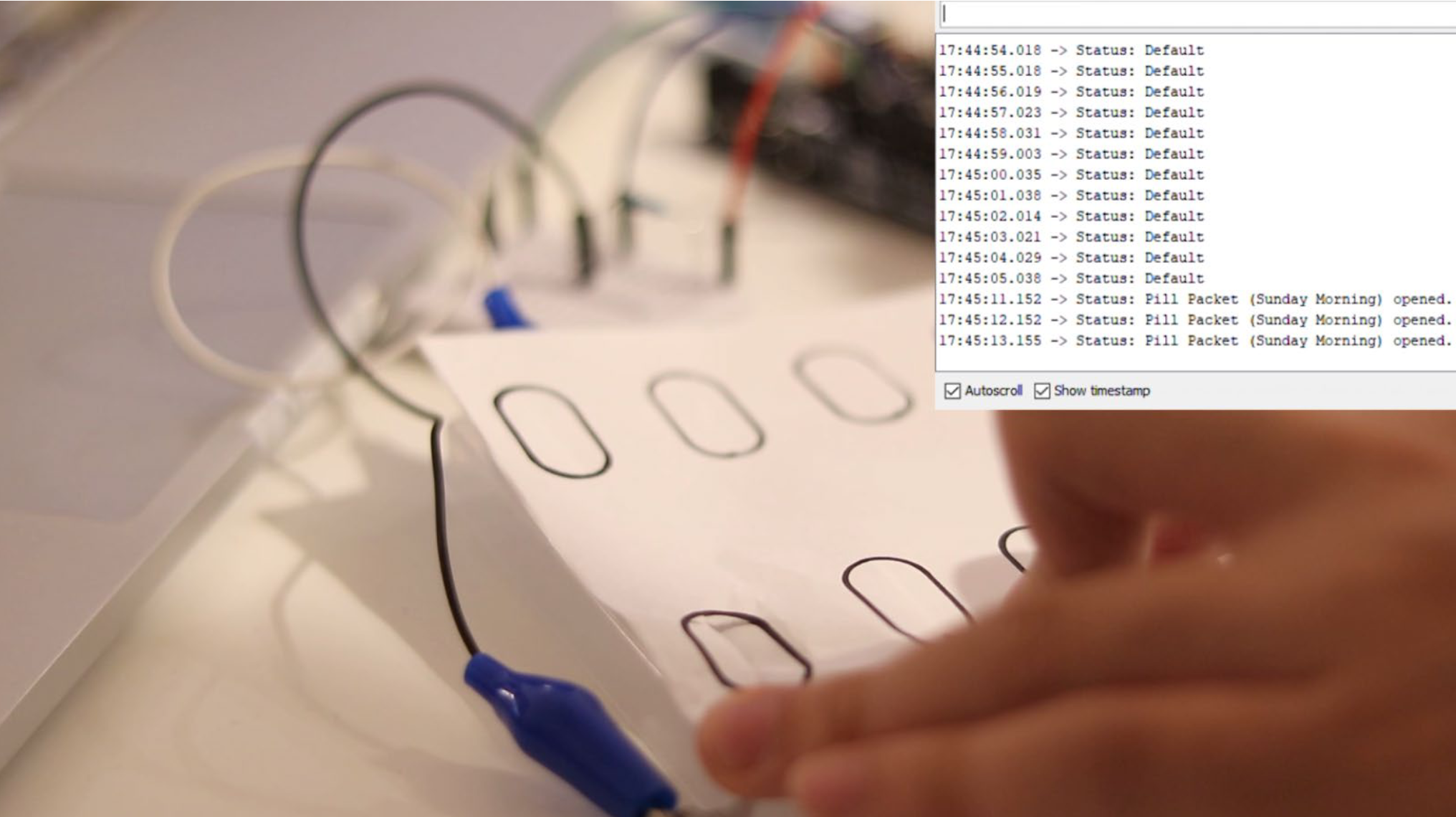
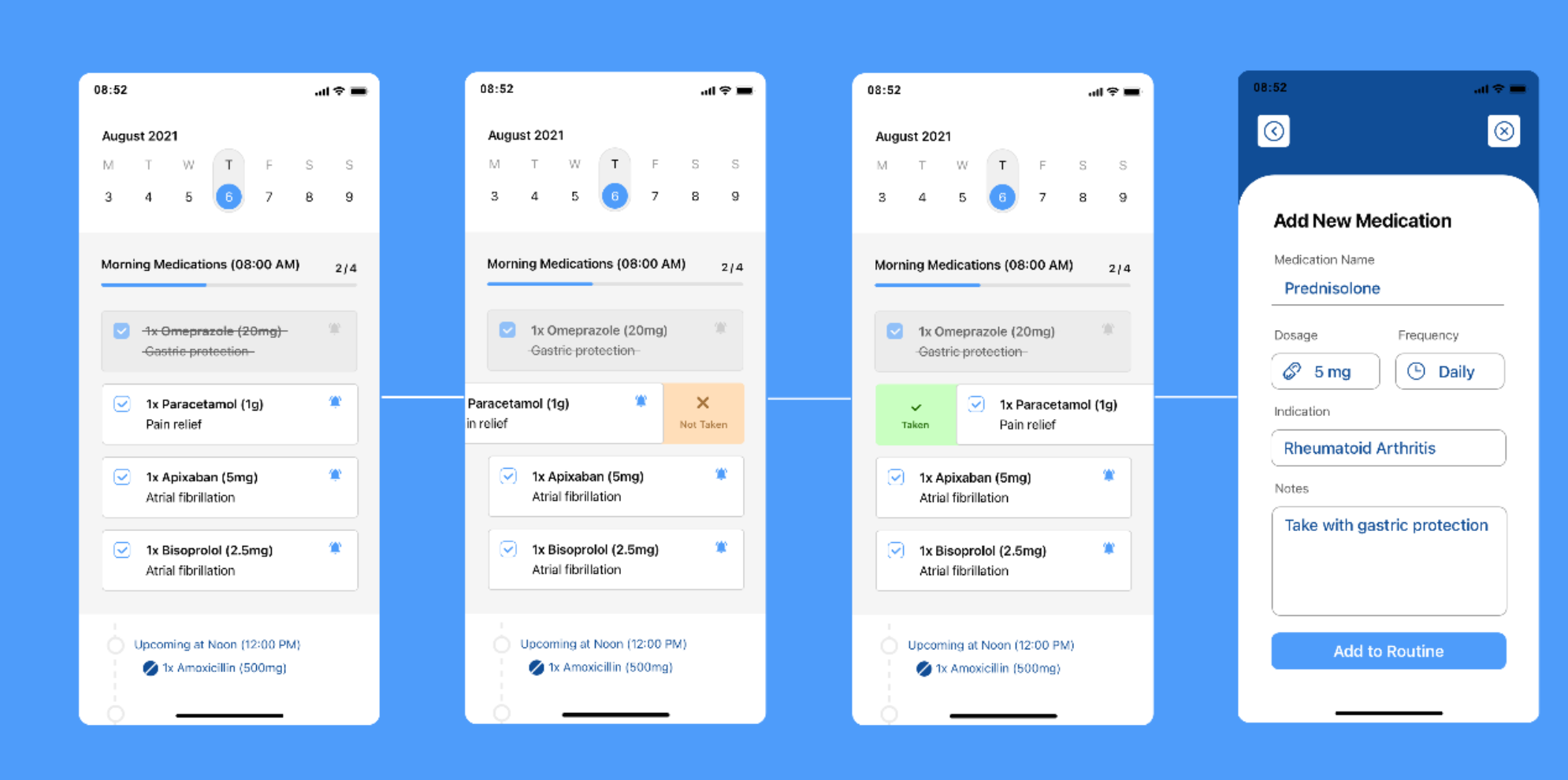
Delivery
Usability and desirability were evaluated through early-access signups and participant workshops. The interactive prototype was tested across five usability domains, gathering feedback to refine the product further.
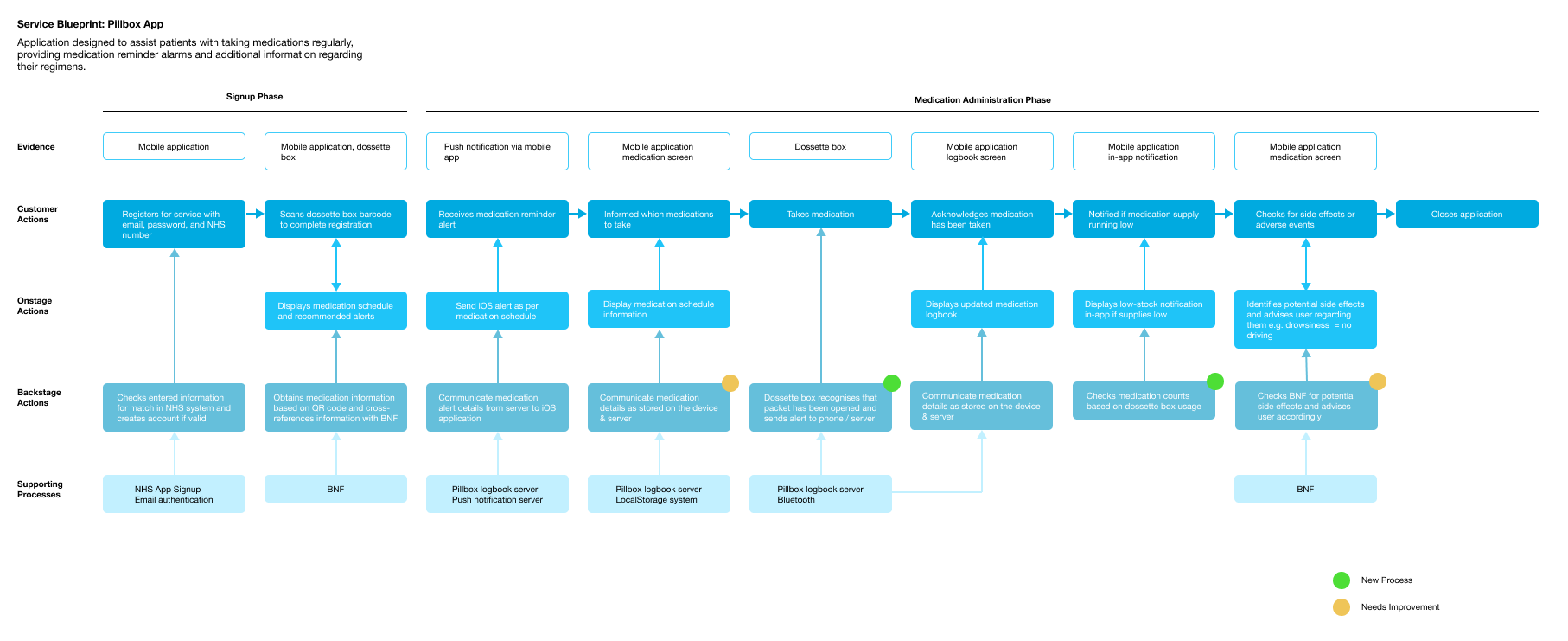
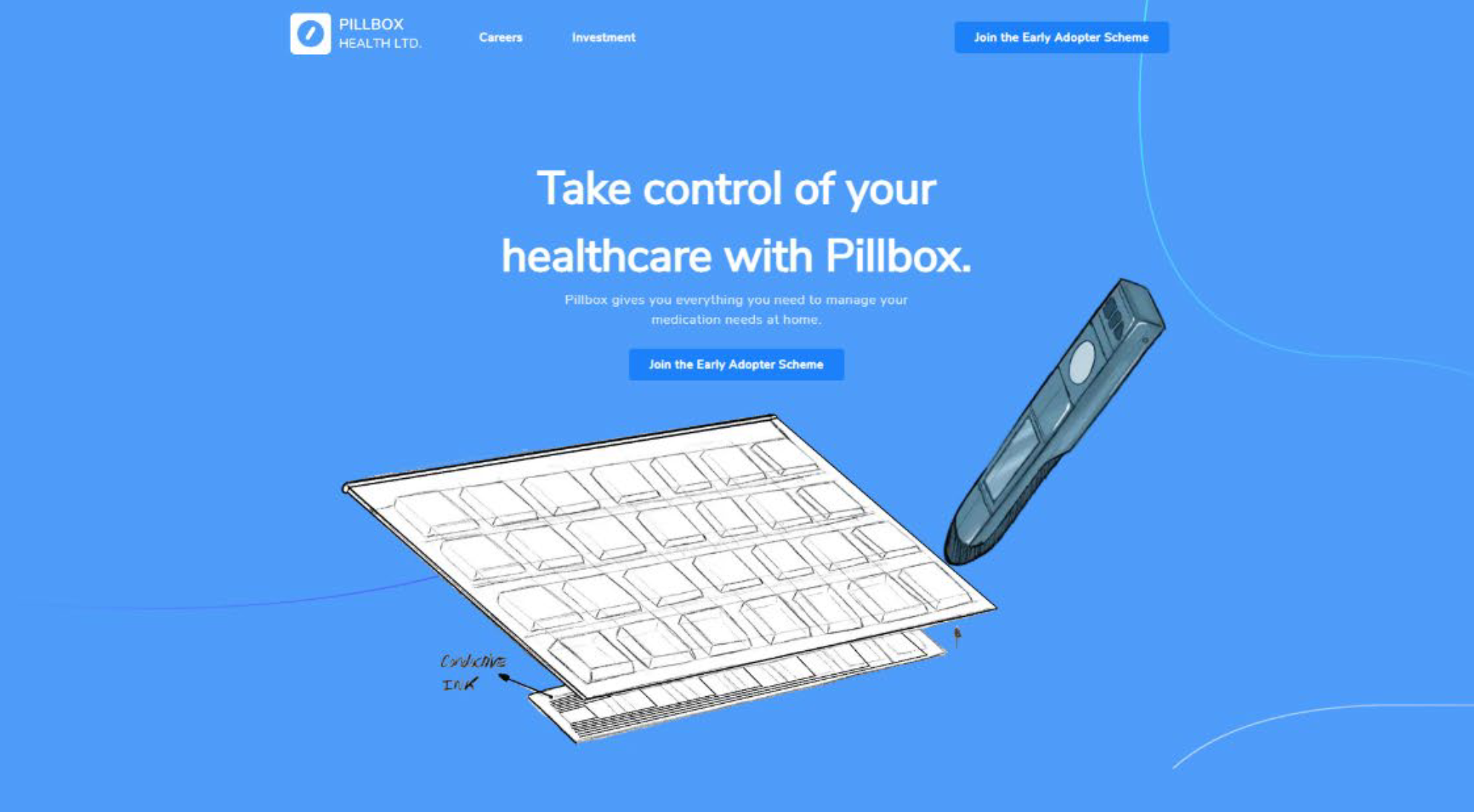
Conclusion
Pillbox Health demonstrated the potential of human-centered design in healthcare innovation. While initial testing showed promising results, further research and development are necessary for broader implementation. This project highlights the value of design thinking and a human-centred approach in addressing complex healthcare challenges.

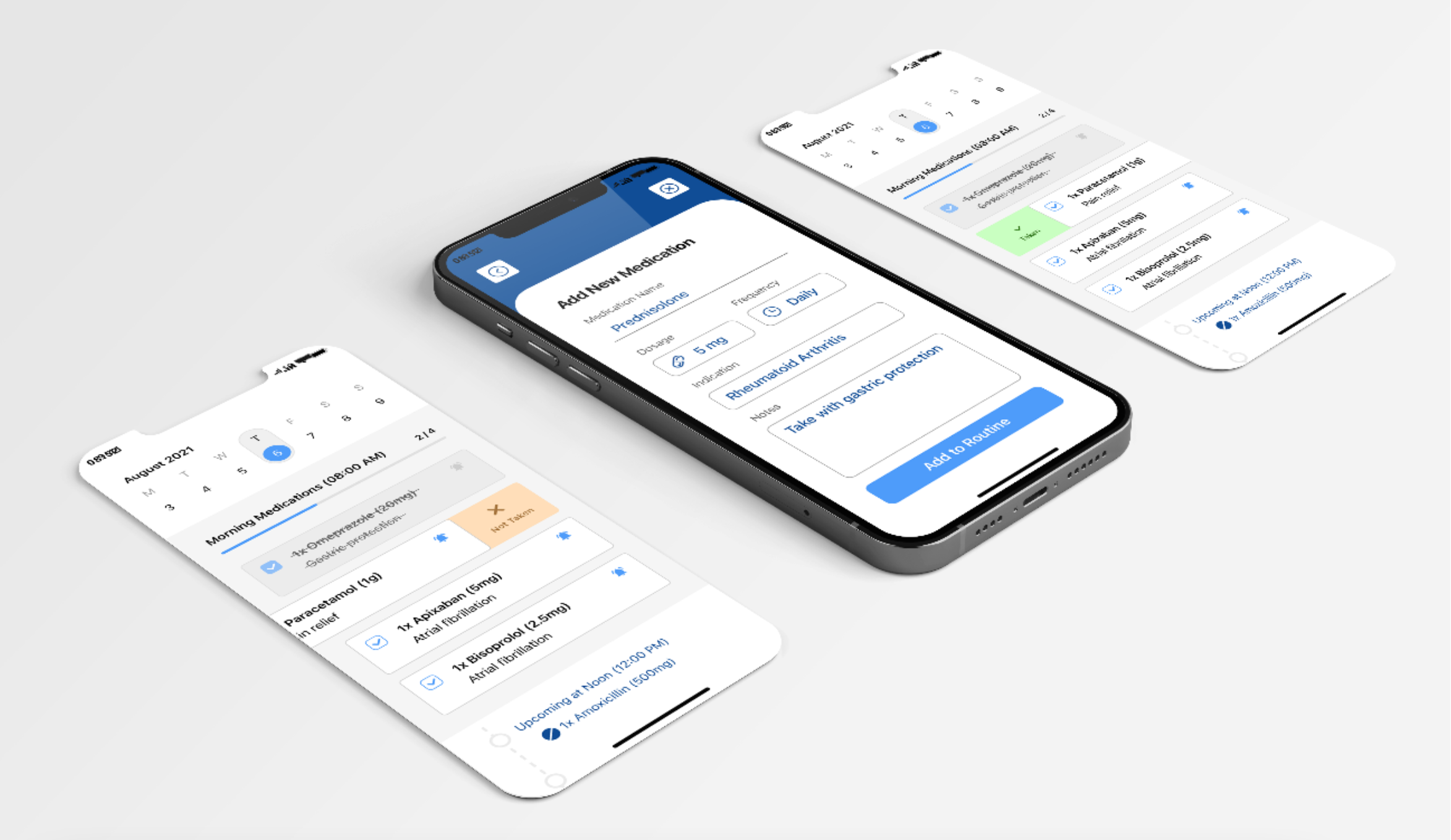
Outcomes
- Best Dissertation Project Award
Imperial College London & Royal College of Art
- DistinctionMSc Healthcare & Design
Imperial College London & Royal College of Art